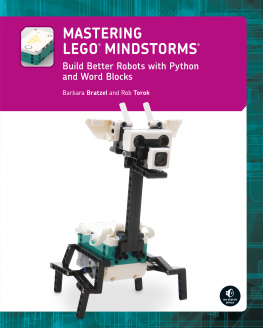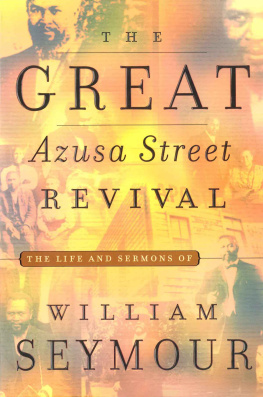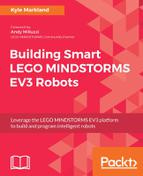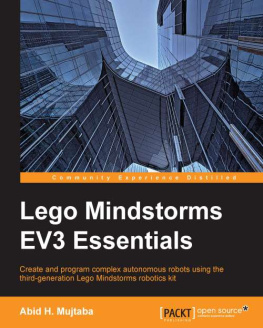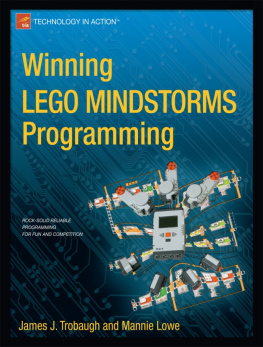Seymour A Papert - Mindstorms
Here you can read online Seymour A Papert - Mindstorms full text of the book (entire story) in english for free. Download pdf and epub, get meaning, cover and reviews about this ebook. year: 2020, publisher: Basic Books, genre: Children. Description of the work, (preface) as well as reviews are available. Best literature library LitArk.com created for fans of good reading and offers a wide selection of genres:
Romance novel
Science fiction
Adventure
Detective
Science
History
Home and family
Prose
Art
Politics
Computer
Non-fiction
Religion
Business
Children
Humor
Choose a favorite category and find really read worthwhile books. Enjoy immersion in the world of imagination, feel the emotions of the characters or learn something new for yourself, make an fascinating discovery.

- Book:Mindstorms
- Author:
- Publisher:Basic Books
- Genre:
- Year:2020
- Rating:3 / 5
- Favourites:Add to favourites
- Your mark:
- 60
- 1
- 2
- 3
- 4
- 5
Mindstorms: summary, description and annotation
We offer to read an annotation, description, summary or preface (depends on what the author of the book "Mindstorms" wrote himself). If you haven't found the necessary information about the book — write in the comments, we will try to find it.
Mindstorms — read online for free the complete book (whole text) full work
Below is the text of the book, divided by pages. System saving the place of the last page read, allows you to conveniently read the book "Mindstorms" online for free, without having to search again every time where you left off. Put a bookmark, and you can go to the page where you finished reading at any time.
Font size:
Interval:
Bookmark:
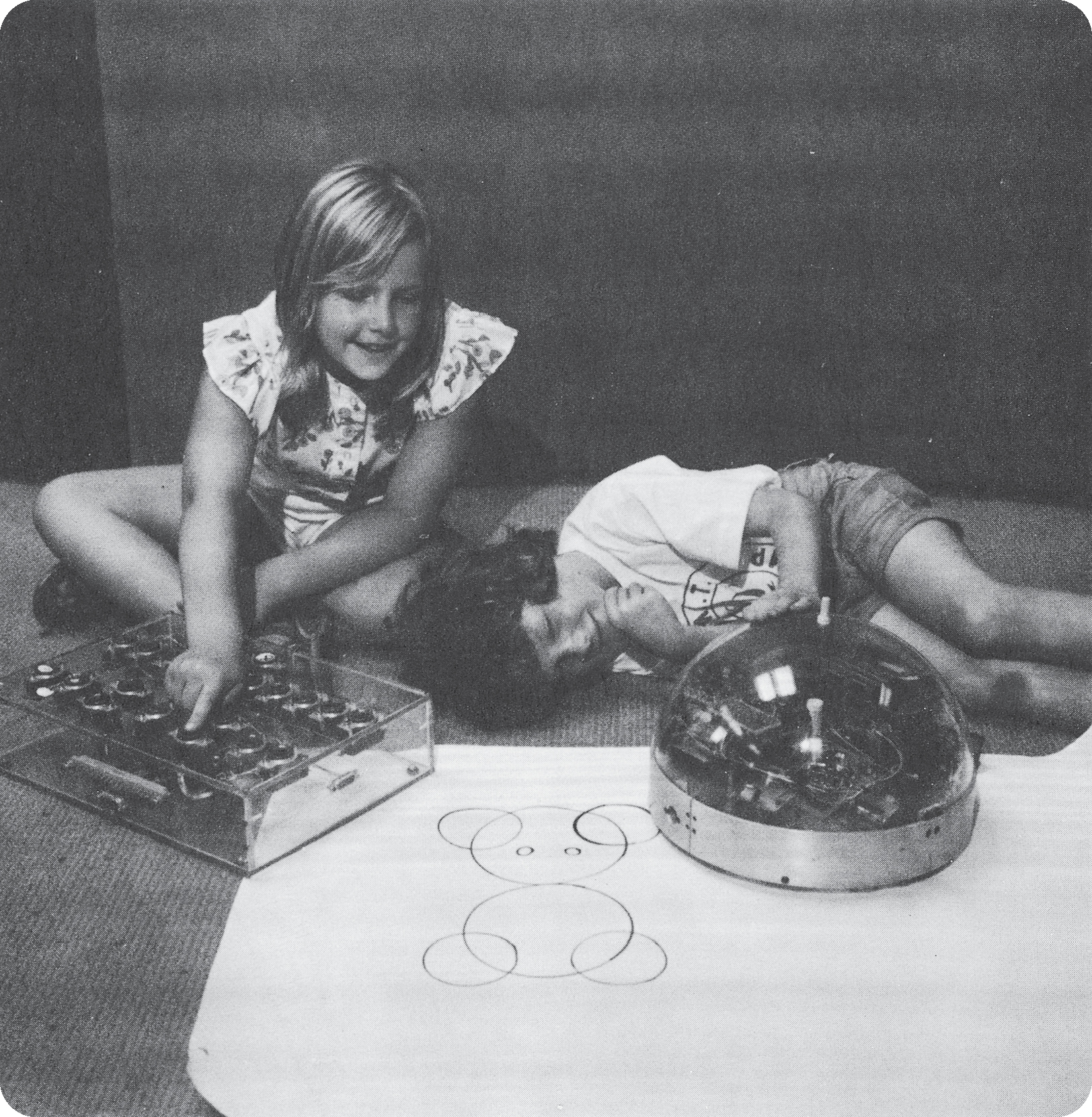
Frontispiece: LOGO Turtle.
Copyright 2020 by Basic Books
Cover design by Ann Kirchner
Cover copyright 2020 Hachette Book Group, Inc.
Hachette Book Group supports the right to free expression and the value of copyright. The purpose of copyright is to encourage writers and artists to produce the creative works that enrich our culture.
The scanning, uploading, and distribution of this book without permission is a theft of the authors intellectual property. If you would like permission to use material from the book (other than for review purposes), please contact permissions@hbgusa.com. Thank you for your support of the authors rights.
Basic Books
Hachette Book Group
1290 Avenue of the Americas, New York, NY 10104
www.basicbooks.com
Originally published in hardcover by Basic Books in 1980
Published by Basic Books, an imprint of Perseus Books, LLC, a subsidiary of Hachette Book Group, Inc. The Basic Books name and logo is a trademark of the Hachette Book Group.
The publisher is not responsible for websites (or their content) that are not owned by the publisher.
Library of Congress Cataloging-in-Publication Data has been applied for.
ISBNs: 978-1-5416-7512-4 (paperback); 978-1-5416-7510-0 (ebook)
E3-20200903-JV-NF-ORI
I N REREADING MINDSTORMS TODAY, FORTY YEARS AFTER ITS PUBLICATION , I had two conflicting reactions:
On the one hand, so many of Seymours ideas that were seen as radical in 1980 are now part of the education mainstream.
On the other hand, so many of Seymours dreams remain unrealized and unfulfilled.
How is it that Seymours ideas can be so aligned with todays realities but still so disconnected from them?
To make sense of this seeming contradiction, its helpful to transport yourself back to 1980, when Mindstorms was published. The first personal computers had been developed just a few years earlier. No one had mobile phones or tablets or even laptops. The Web didnt exist, and few people had heard of the Internet. So it was truly radical to predict, as Seymour did then, that millions and millions of children around the world would soon be interacting with digital technologies every day, as they do now.
Even more radical were the ways in which Seymour imagined children using computers. In the small community of researchers who in 1980 were beginning to think about the use of computers in k 12 education, most focused on computer-aided instruction, in which computers played the role of a traditional teacher: delivering information and instruction to students, conducting quizzes to measure what the students had learned, then adapting subsequent instruction based on student responses.
In Mindstorms, Seymour offered a radically different vision. For Seymour, computers were not a replacement for the teacher but a new medium that children could use for making things and expressing themselves. Using a particularly memorable turn of phrase in Mindstorms, Seymour rejected the computer-aided instruction approach in which the computer is being used to program the child and argued for an alternative approach in which the child programs the computer.
Seymours ideas about educational technologies have had a growing influence in the decades since the publication of Mindstorms. Schools everywhere are now adding makerspaces and coding classes, offering students opportunities that few could have imagined in 1980. Seymours work should be seen as the intellectual inspiration for the Maker Movement and the Coding Movement.
Yet if Seymour were alive today, I have no doubt that he would be very frustrated with the ways that making and coding are being introduced in schools. Seymour would view most of the current initiatives as technocentric (a term that Seymour popularized). That is, the initiatives focus too much on helping children develop technical skills: how to use a 3 d printer, how to define an algorithm, how to write efficient computer code.
For Seymour, technical skills were never the goal. In the Introduction to Mindstorms, he wrote: My central focus is not on the machine but on the mind. Seymour was certainly interested in machines and new technologies, but only insofar as they could support learning or lead to new insights about learning.
A significant portion of Mindstorms focuses on logo, the first programming language designed specifically for children. But at the core of Mindstorms are Seymours ideas about education and learning, not technical issues. In the book, he lays the intellectual foundation for an educational theory that he later named constructionism. The theory builds on the work of Jean Piaget, the great child-development pioneer, who Seymour had collaborated with in the early 1960s. Piagets great insight was that knowledge is not delivered from teacher to learner; rather, children are constantly constructing knowledge through their everyday interactions with people and objects around them. Seymours constructionism theory adds a second type of construction, arguing that children construct knowledge most effectively when they are actively engaged in constructing things in the world. As children construct things in the world, they construct new ideas and theories in their minds, which motivates them to construct new things in the world, and on and on.
Seymour saw rich learning opportunities in all different types of construction activities: building sand castles on the beach, writing stories in a diary, drawing pictures in a sketchbook. Why was Seymour so interested in computational technologies? Because he recognized that computational technologies can greatly expand the range of what and how children create. With computers, children can create things that move, interact, and change over time, such as animations, simulations, and interactive games. In the process, children can gain new insights into the workings of dynamic systems in the world around themincluding the workings of their own minds. In addition, computers enable children to modify, duplicate, document, and share their creations in ways they never could before, providing new ways for them to explore and understand the creative process.
It continually frustrated Seymour that people seemed to hear only part of his message, often focusing on the technology at the expense of the ideas. In an article Seymour wrote twenty years after the publication of Mindstorms, he lamented that the three parts of the books subtitleChildren, Computers, and Powerful Ideashad not been equally appreciated: Most of the many educators who found inspiration and affirmation in the book (as well as those who hated it) discussed it as if it were about children and computers, as if the third term was there as a sound bite, the kind of shibboleth that pervades the discourse of technology in education. I did not mean it to be that: I actually thought I was writing a book about ideas!
Of course, proponents of todays learn-to-code initiatives would argue that they, too, are interested in ideas, not just technical skills. Many of them frame their work around the idea of computational thinkingaiming to introduce children to problem-solving strategies that come from the field of computer science but are applicable across many other domains. Learning problem-solving strategies is certainly valuable. But Seymour had a bigger, broader vision. He wanted to support children not only in developing their thinking but also in developing their voice.
Seymour saw the computer not just as a problem-solving tool but as an expressive medium. He believed that learning to program was analogous to learning to write, providing children with new ways of organizing and expressing their ideas. Seymour wanted to help all children, from all backgrounds, have opportunities to express and share their ideas so that they could be full and active participants in society.
Font size:
Interval:
Bookmark:
Similar books «Mindstorms»
Look at similar books to Mindstorms. We have selected literature similar in name and meaning in the hope of providing readers with more options to find new, interesting, not yet read works.
Discussion, reviews of the book Mindstorms and just readers' own opinions. Leave your comments, write what you think about the work, its meaning or the main characters. Specify what exactly you liked and what you didn't like, and why you think so.




